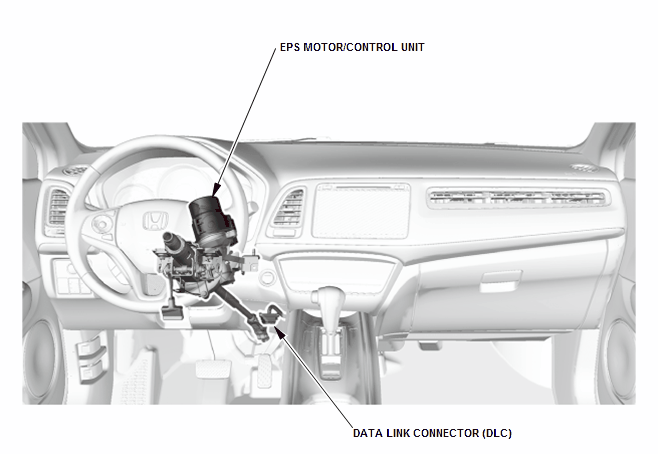Honda HR-V: Safety Messages
Your safety, and the safety of others, is very important. To help you make informed decisions, we have provided safety messages, and other safety information throughout this manual. Of course, it is not practical or possible to warn you about all the hazards associated with servicing this vehicle. You must use your own good judgment.
You will find important safety information in a variety of forms including:
- Safety Labels - on the vehicle.
- Safety Messages - preceded by a safety alert symbol (Honda Caution Symbol) and one of three signal words, DANGER, WARNING, or CAUTION.

- Instructions - how to service this vehicle correctly and safely
All information contained in this manual is based on the latest product information available at the time of printing. We reserve the right to make changes at anytime without notice. No part of this publication may be reproduced, or stored in a retrieval system, or transmitted, in any form by any means, electronic, mechanical, photocopying, recording, or otherwise, without the prior written permission of the publisher. This includes text, images, and tables.
As you read this manual, you will find information that is preceded by a (NOTICE) symbol. The purpose of this message is to help prevent damage to your vehicle, other property, or the environment.

COMPONENT LOCATION INDEX
EPS COMPONENT LOCATION INDEX


